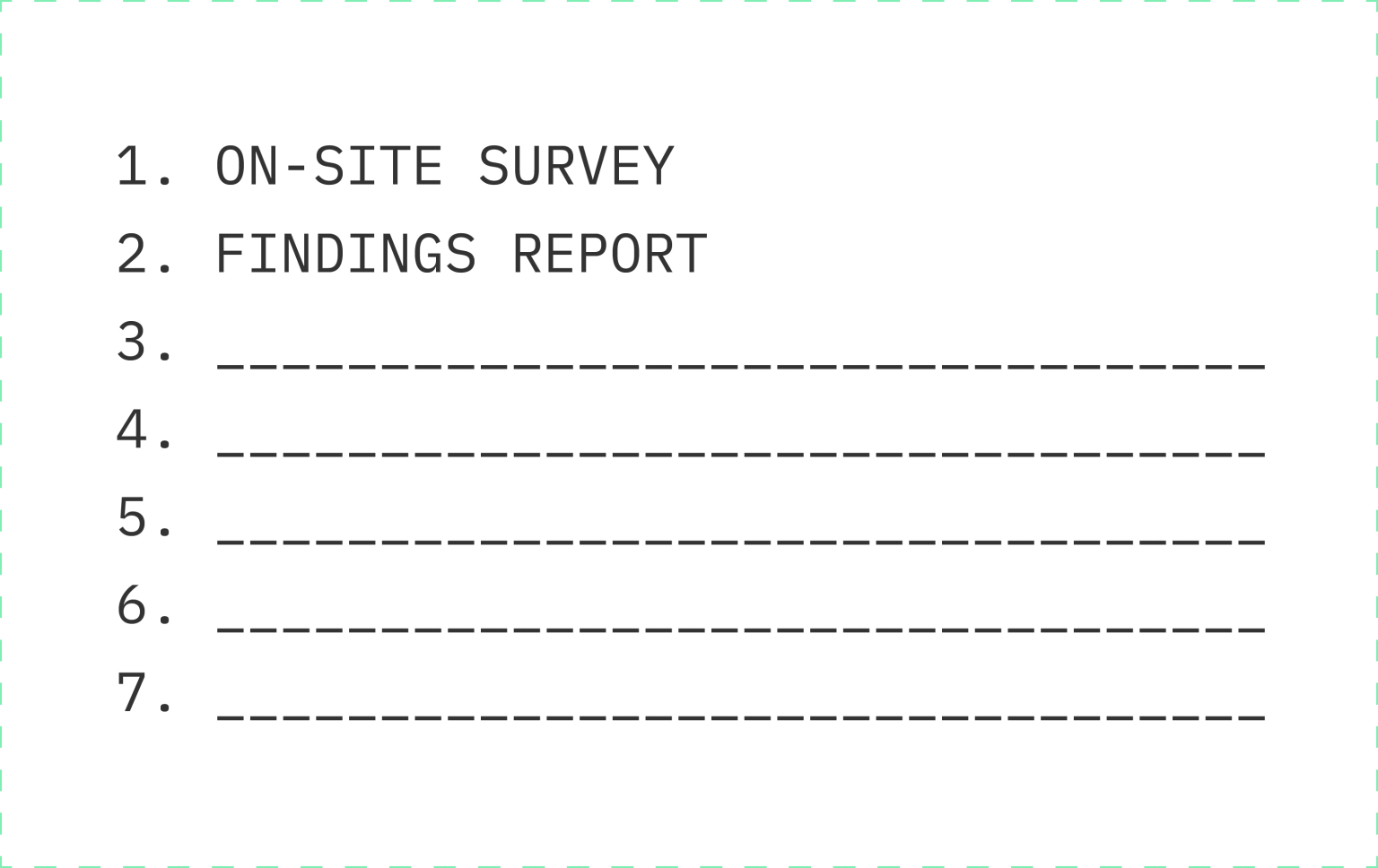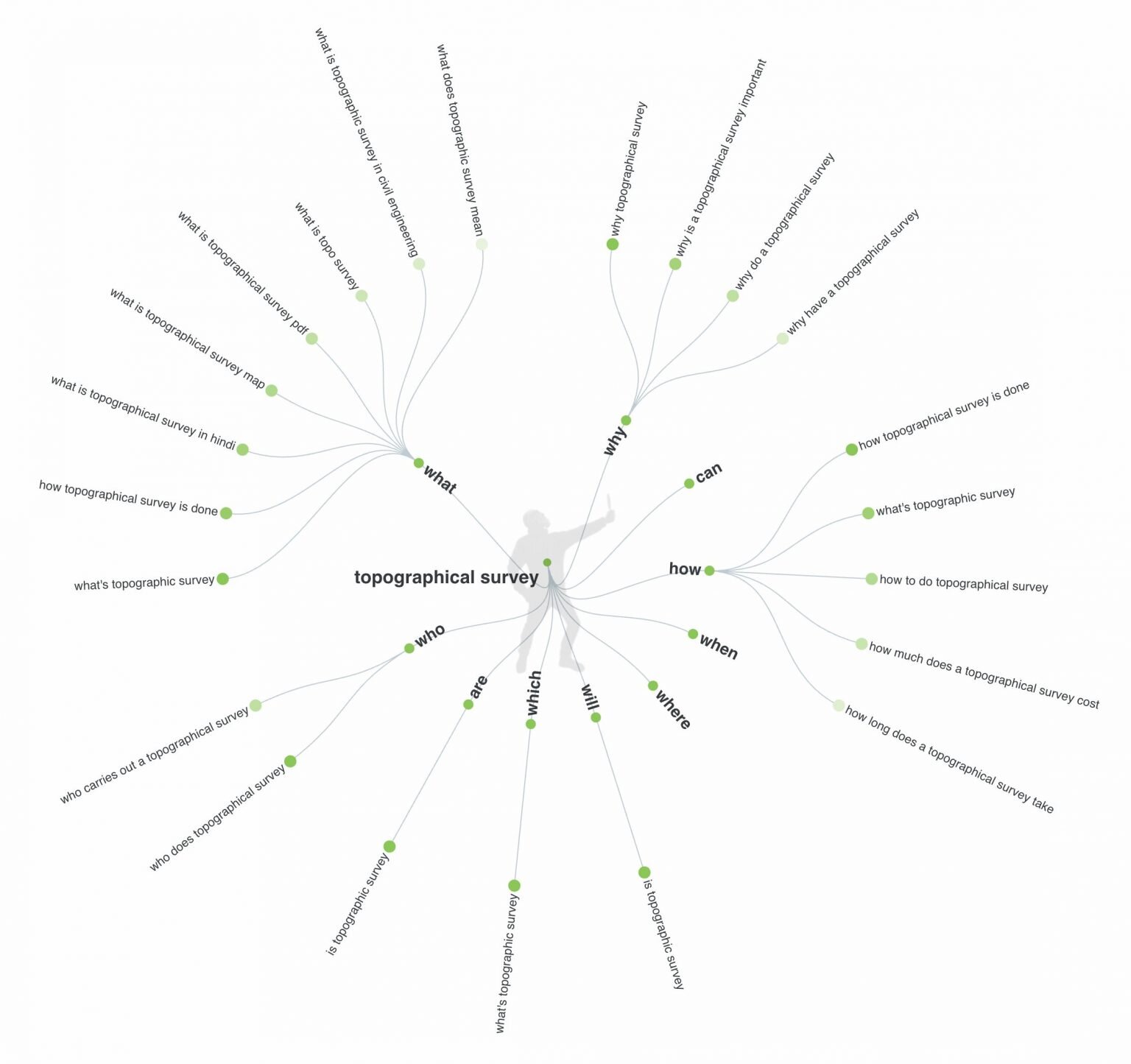A Simple B2B Content Strategy Framework
Content ideas can be a pain to come up with.
How do you know what to write? What if you're stuck for ideas?
What if there was a simple B2B content strategy framework that you can follow?
Well, look no further. We have one that might help you 🎉
I'm not going to make any outlandish claims that this is the most complete content strategy framework, but it is simple, and it's a perfect hack for those times when you just cannot think what to write about.
Ok, so now that I've padded out what I'm going to share with you, I guess we should get straight to it.
The first thing is to know - intimately - the problem that you solve for your customer.
Break this down into a journey from Point A to Point B. You must understand that your customers come to you at Point A, hoping to reach a new destination at Point B.
It's those steps in-between Point A and Point B that are your golden ticket to discovering great content ideas.
Let me break it down some more with an example close to home...
For most of our clients, Point A looks something like having a distinct lack of quality leads, a lack of consistency, losing ground to competitors online, and ultimately not achieving the kind of revenue growth that was originally intended.
Point B is, predictably, the opposite of Point A. We manifest Point B (predictable revenue growth), by taking our clients down a path that we are very familiar with, having lived, breathed, tested, validated, and refined it over 10+ years.
And the journey that you take with your customers will be similar.
It will be well-trodden and you'll already have a tonne of journey-based content ideas just waiting to be explored.
Examples of journey-based content
We cannot just magically transition from Point A to Point B, though. There are steps in-between that we move from and towards, in order to progress to Point B.
For example, the first step on your journey (following our pathway), is to understand your Customer Profile. You can say all the right things but if you say them to the wrong person, it won't matter one bit.
To build out your Customer Profile (also known as your Customer Avatar), we take you through a series of questions and exercises, using a combination of tools.
One example of this is to outline a typical Day & Devices Plan. This is pretty simple stuff but incredibly powerful when it comes to putting you in the shoes of your ideal customer.
We simply map out the typical day for your customer, highlighting what they might be doing throughout the working day and on what device(s).
From doing this, we might discover that your ideal customer works on-location with their customers typically during the middle of the week, and mostly in the mornings.
This is typical for the job role, and during this time, they have their mobile phone on them but, except for emergencies, they're otherwise engaged.
By knowing this information of course, we may well adjust the targeting for our PPC campaigns to save budget and concentrate it towards the afternoons when our customer is likely to be at their computer. It doesn't seem wise to waste budget on ads when the wrong eyes are on them.
This is part of the everyday for us - a part of our process that we follow, refine, and optimise. For our clients, it's music to their ears since we're removing a big headache for them, and we're holding their hand throughout.
The second step in our process (your journey) is to work on your messaging, and to complete our 'SWST Test'. This is where we get to the root benefits of what you actually do.
It goes something like this:
Me: What do you do?
You: We design, manufacture, and supply, food packaging solutions for restaurants and fast-food chains.
Me: So what?...You: So that... our customers can offer their food as a takeaway service.
Me: So what?
You: So that my customer can reach a wider customer base.
Me: So what?
You: So that my customer can create an additional revenue stream with little effort.
We could go deeper, but it's often unnecessary. Those two phrases in bold above are two true benefits that this example company provides. We can repeat this downstream for each product or service.
Much better than, "we supply food packaging", right?
By simply breaking down the journey that we take our customers on, we can deep-dive into specific parts of it and we can create engaging content without much effort at all.
Each part of the journey becomes a content theme.
And each theme can be broken down into multiple parts, and therefore multiple pieces of genuinely useful content.And the best thing is that it ALL ties into what you do. It's highly relevant and you'll be sharing proven problem solving ideas, and/or practical advice, for real world challenges that your audience are facing.
How to map out a journey-based content strategy
Now that I've shared the idea behind a journey-based content strategy framework, let me show you how you can plan your own.
Take your business, or a specific product or service, and list the order of events. Start with Point A (onboarding) and end with Point B (problem solved).
This might look something like this:
List out the steps you take to help your customers to get from Point A to Point B
Take your time over this. The number of steps doesn't matter, and the aim is to be relevant - each step should matter.
In my example, I have taken the typical steps taken by a business that might need to conduct a site survey or audit. This might be an installations business, or a property development firm, or other.
In this case, I now have two themes to start with:
On-site survey
Findings report
Now, I can explore each of these parts individually to see what value I can extract from them in order to form my journey-based content strategy framework.
Let's take 'On-site survey' as an example.
A quick search using Big G brings up a number of different 'on-site surveys', so I'm going to steal one for my example.
On-site survey example
For the purpose of this blog post, I'm going to use a little creative license since I know very little, if anything at all, about these types of surveys or checks.
I'm going to steal three of those examples for my fake business and journey-based content strategy:
Topographical
Elevations
Floor Plan
Now that I have these, I will use each one to form a piece of content that educates my customers on those specific parts of the service that I provide.
Next, I would start to plan my content by researching competitor efforts, common questions, and pulling from my own (in this case imaginary!) experience.
The aim is to create 10x content that makes the web a better place, not to just add more trash to internet landfill.
Take a look at question-based user research platforms such as Answer The Public or Also Asked. Here is a quick example:
Keywords Everywhere Chrome Extension
As you can see, there is a goldmine of content ideas from just one search:
Why have a topographical survey?
Who carries out a topographical survey?
Why is a topographical survey important?
Then I would use a Chrome Extension such as Keywords Everywhere to harvest even more ideas for my content plan (the free version is just fine for this purpose):
Amazing!
Now I have at least a couple of other ideas to explore:
How much does a topographical survey cost?
What equipment is used?
As you can see, just from a couple of quick searches, I have already planned at least one piece of content. And note how I haven't even checked keyword search volumes.
At this stage, I'm not interested in those much.
I'm interested in helping my customers, answering their questions, and solving their problems. Keywords and search volumes will come into play, but first and foremost content must be for the user.
Now that I have plenty of ideas, it's a case of repeating the process and exploring all of the various parts of the journey that I take my customers on.
I have multiple topics to explore (topographical survey, elevations, etc), across multiple themes (on-site survey, findings report, etc), in line with my customer journey (Point A to Point B).
Every piece of content will deliver value that is relevant and purposeful for your target customer profile, and you'll now have a wealth of ideas to explore.
Good luck!
Head over to our Resources Area and discover a whole range of resources to implement in your business. Or, if you’re ahead of the game, book a call with our Growth Experts.





